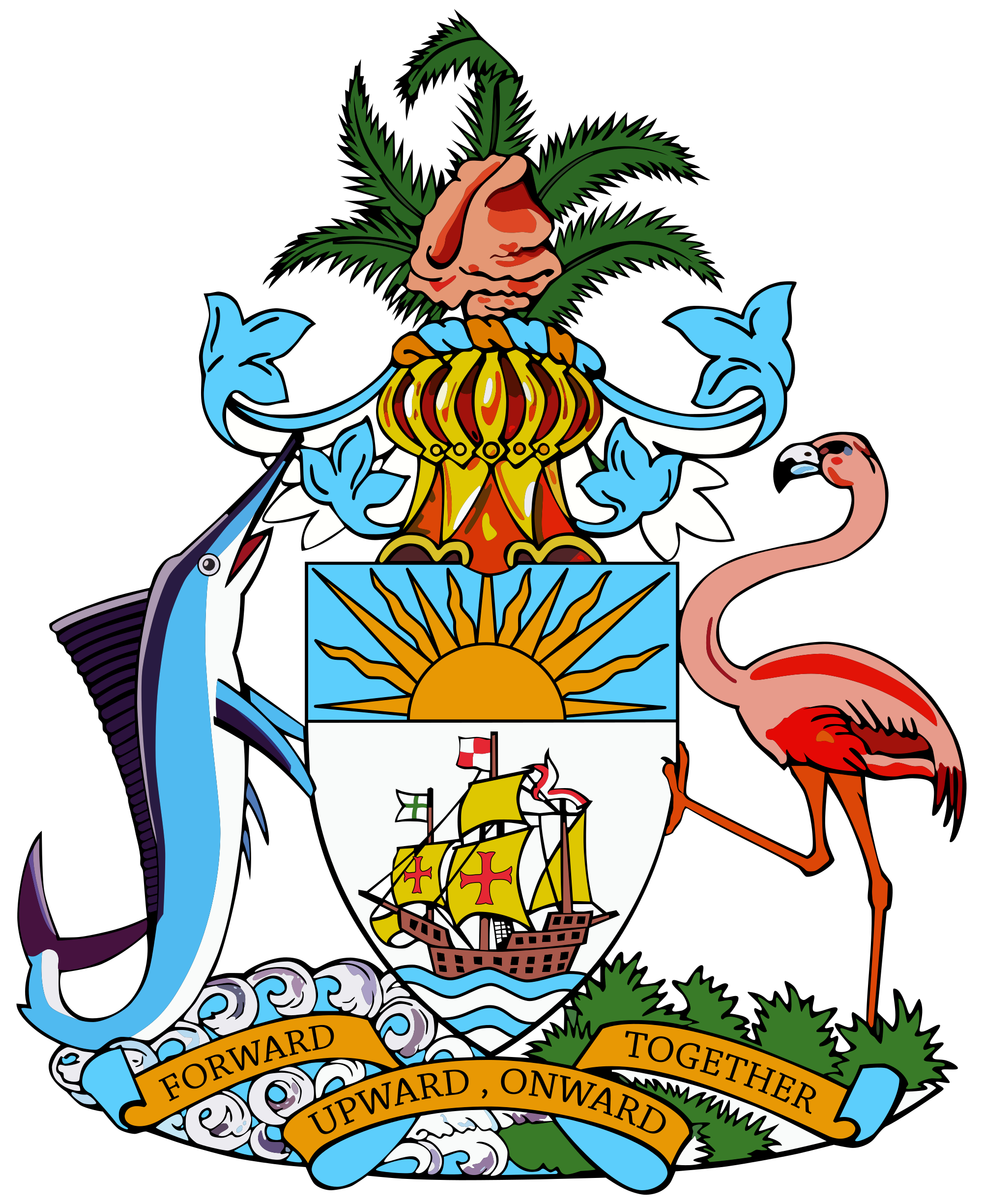Learn about our environmental, social, and governance program, and how we bring those values to life
Get Issuer Alerts
Add this issuer to your watchlist to get alerts about important updates.
Learn about our environmental, social, and governance program, and how we bring those values to life
About Our Program
SUSTAINABILITY AT THE HEART OF THE BAHAMAS’ POLICIES
Characterized by more than 3,100 islands and cays spanning over 620,863 km2 of the tropical Atlantic Ocean, over shallow banks separated by deep-water channels, The Bahamas’ geographic position between two major warm ocean currents contributes to its diverse habitats and abundant wildlife, such as coral reefs, seagrass meadows and mangroves. These ecosystems provide critical refuge, feeding and nursery grounds for wildlife. The country’s natural capital not only has intrinsic value but is also an instrumental input for key economic sectors; with a 1:45 ratio of land to marine areas and around 70% of the country’s population living on the coast, marine resources are an important source of economic production, and have potential for enhanced social and economic contributions, if effectively managed and protected.
With support from the World Bank, The Bahamas implemented Climate Change and Disaster Tagging in 2022. It provides comprehensive data on climate change relevant spending, enabling the Government to prioritize climate and disaster related investments.
Sustainable development is a priority of the Bahamian government and in this regard, the country’s Nationally Determined Contribution (NDC) acknowledges the importance of “improving management and conservation of ecosystems” to reduce the country’s vulnerability and improve its ability to prepare and respond to climate change. The NDC was updated in Novemrber 2022 and includes:
-
A 30% reduction of GHG emissions by 2030
-
A minimum of 30% renewables in the energy mix by 2030
-
35% and 15% of hybrid and electric vehicle purchases as a share of total
At the same time, The Bahamas National Development Plan: Vision 2040 sets economic diversification as a priority goal for resilient growth, the sustainable development of new sectors (including the Blue Economy), and protection of coastal and maritime ecosystems.
The Bahamas has implemented the Climate-Resilient Coastal Management & Infrastructure Program which includes coastal classification and assessment of coastal erosion as well as coastal infrastructures’ asset inventory and engineering design for coastal stabilization. The Bahamas has also updated its Fisheries legislation to regulate commercial fishing and the fisheries industry.
As a part of the effort to safeguard coastal and marine ecosystems in the Bahamian archipelago, in the 2008 the Government of The Bahamas (GoBH) joined the Caribbean Challenge Initiative (CCI), a regional effort to protect and effectively manage 20% of The Bahamas’ near-shore marine environment in each country by 2020. To date, The Bahamas has gazetted 75 MPAs that cover as much as 10.9% of The Bahamas’ ocean and aims to have all these MPAs to be fully implemented and effectively managed.
However, one of the main obstacles for these and future efforts resides in finding sustainable funding for effective management of the MPAs, in coordination with the overall debt management strategy of the government. Mainstreaming environmental sustainability requires government organizations to internalize key sustainability objectives and develop the necessary sustainable finance tools and capacities. The Bahamas is currently seeking to adapt debt management strategies and build robust frameworks to assure investors that resources will be duly invested in environmental activities through credible execution mechanisms and following sound monitoring and reporting standards.
Related Links
The Bahamas Sustianable Development Goals

